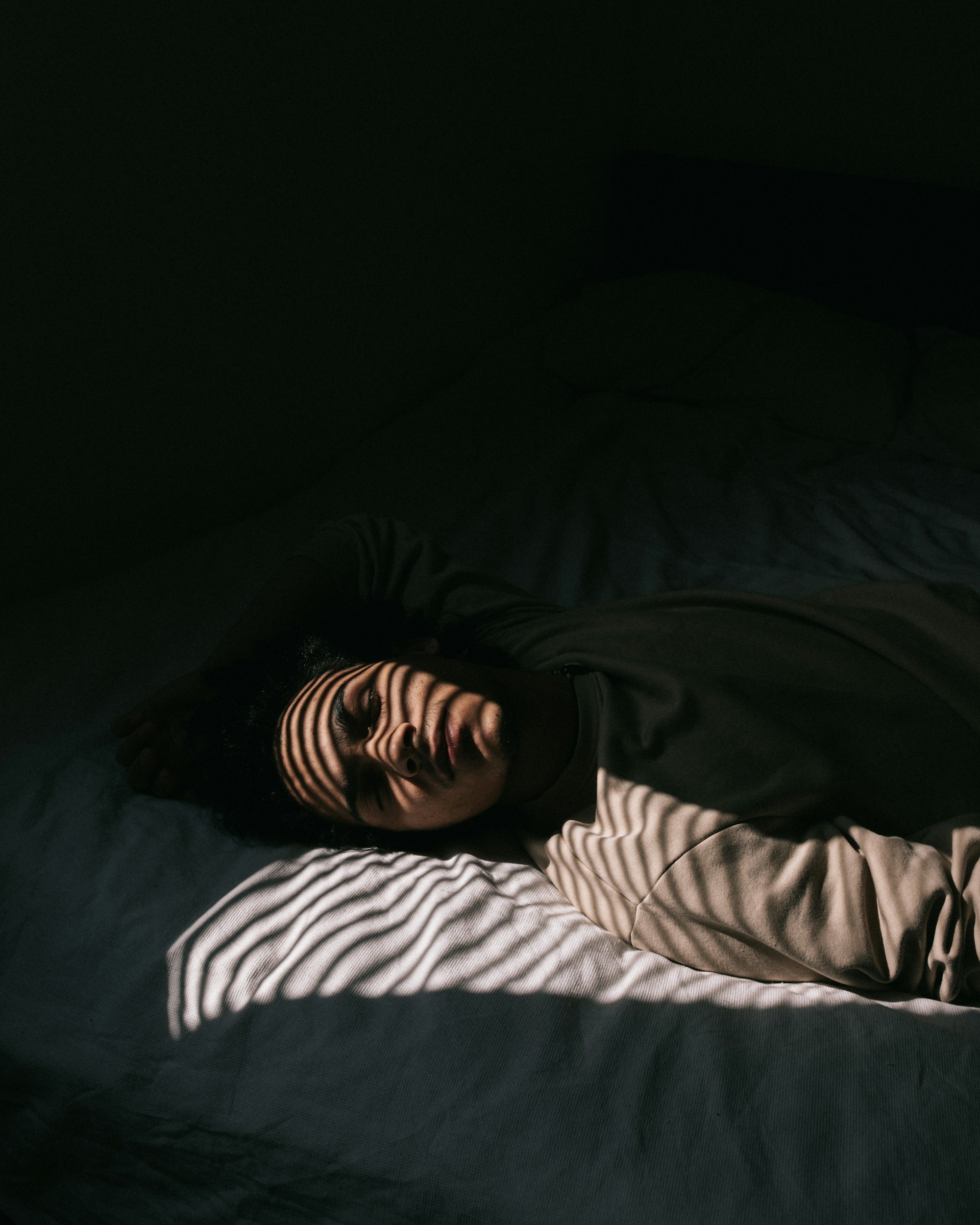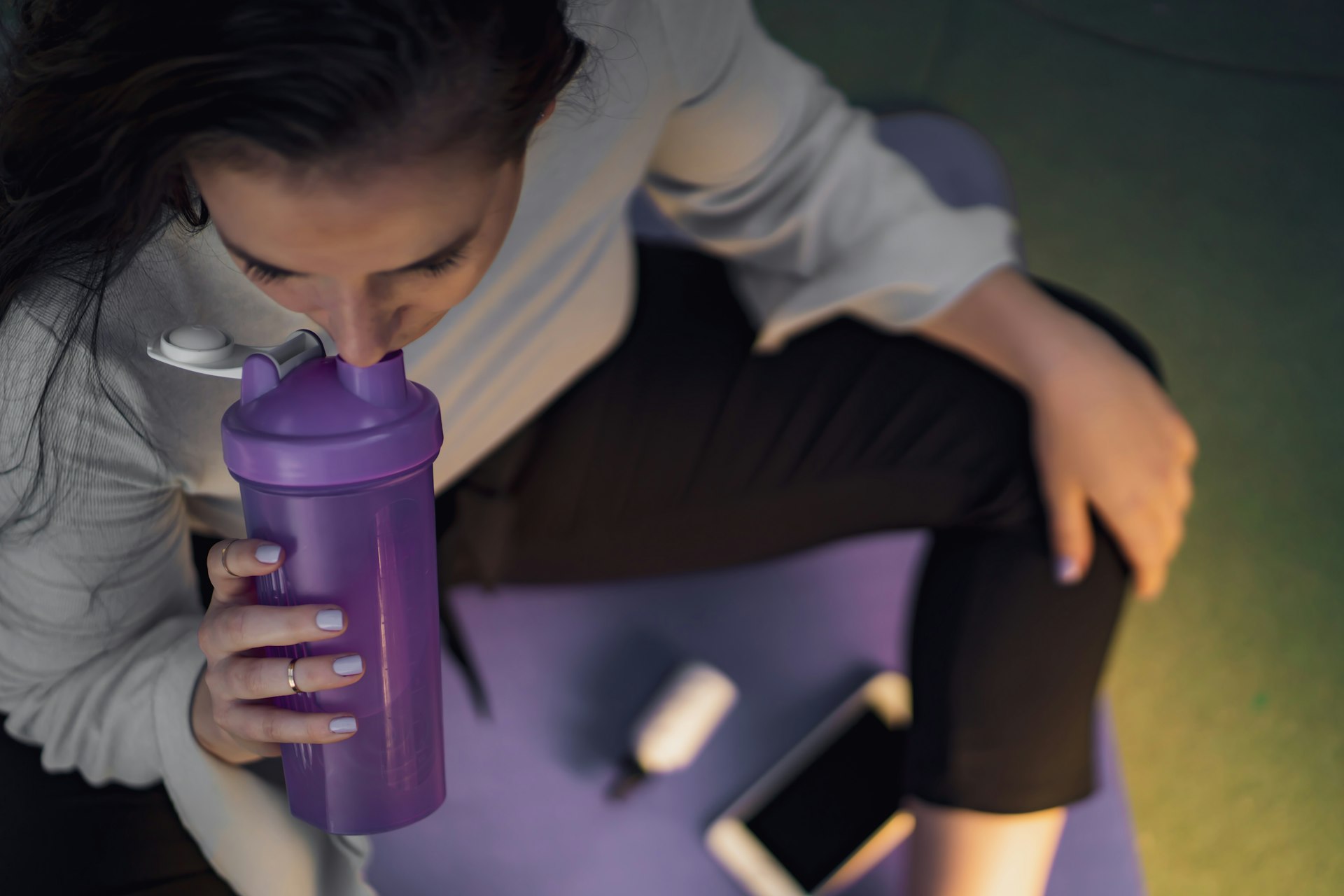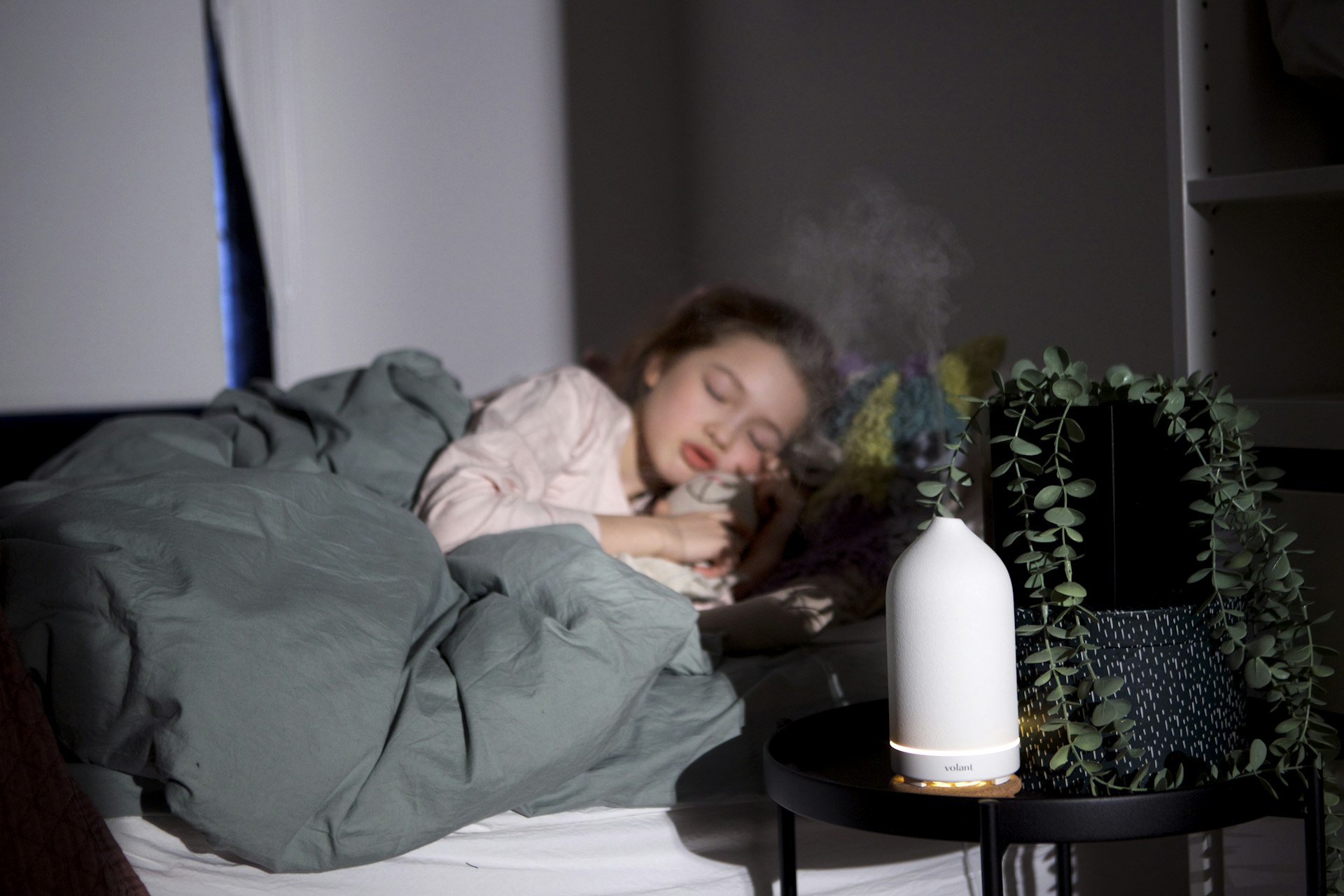Exploring the Science-Backed Benefits of Cold Exposure Therapy

Photo by Soheil Kmp on Unsplash
Introduction to Cold Exposure Therapy
Cold exposure therapy, commonly known as cold-water immersion (CWI) or cold plunging, has surged in popularity among athletes, wellness enthusiasts, and those seeking natural approaches to health. This ancient practice, with roots tracing back to Hippocrates and even ancient Egyptian medicine, involves brief, controlled exposure to cold water-ranging from ice baths to cold showers. While mainstream media often touts its remarkable benefits, what does the latest research reveal, and how can you safely access these potential health advantages?
The Physiological Effects of Cold Exposure
When you immerse your body in cold water-typically between 45°F and 59°F ( [1] )-your system responds by releasing a surge of stress hormones, including noradrenaline and dopamine. Peer-reviewed research documents a 530% increase in noradrenaline , which heightens alertness and cognitive performance, and a 250% increase in dopamine , which can elevate mood, motivation, and feelings of satisfaction ( [3] ).
This initial response also triggers a temporary spike in metabolic rate as your body works to maintain its core temperature. Over time, repeated cold exposure may encourage the conversion of white fat to brown fat, which is more metabolically active and could support better cold tolerance and sustained metabolic gains ( [4] ).
Key Health Benefits: What the Research Shows
1. Stress Reduction and Mental Wellbeing
Several systematic reviews and meta-analyses indicate that cold exposure reduces stress . Notably, stress levels drop significantly about 12 hours after immersion, as measured by validated stress scales ( [1] , [2] ). Regular cold plunges have been shown to lessen fatigue, decrease depressive symptoms, and enhance overall well-being. For instance, in a 10-week open-water swimming program, participants reported significant improvement in positive mood and reduced total mood disturbance ( [5] ).
It is important to note that while some research supports an improvement in sleep quality-particularly among men-these effects may vary by individual, and more high-quality studies are needed to establish best practices ( [1] ).
2. Immune System and Inflammation
Cold exposure can elicit both immediate and delayed effects on inflammation and immune function. In the short term, there may be a transient rise in inflammatory markers, which is believed to be a normal adaptive response. However, longer-term protocols and repeated exposures have been associated with a reduction in systemic inflammation and even a 29% reduction in sickness absence among individuals taking regular cold showers ( [2] ). This suggests that while acute inflammation occurs initially, systemic inflammation and related symptoms may decrease with consistent practice.
Some studies also point toward a modest improvement in immune resilience and potential neuroprotective benefits, though large-scale, controlled trials are still needed to confirm these effects ( [3] ).
3. Metabolic and Cardiovascular Effects
Cold exposure results in a temporary increase in metabolism due to shivering and thermogenesis. Over repeated sessions, the body may adapt by increasing the amount of brown adipose tissue, which is more efficient at burning calories and generating heat ( [4] ). Some research also suggests a reduction in cardiovascular risk markers and potential improvements in insulin sensitivity, but these findings require additional validation before making definitive claims ( [3] ).
Practical Guidance: How to Access Cold Exposure Therapy
If you are interested in exploring cold exposure therapy, several practical approaches are available. Here are step-by-step recommendations to help you get started safely:

Photo by Polina Shirokova on Unsplash
- Consult Your Healthcare Provider: Individuals with heart conditions, high blood pressure, diabetes, or poor circulation should consult a healthcare professional before beginning cold exposure therapy, as sudden cold stress can present risks ( [1] ).
- Start Gradually: Begin with short cold showers of 30 seconds to 2 minutes, gradually increasing the duration as your tolerance builds. Advanced practitioners may progress to ice baths or outdoor cold-water swims.
- Monitor Your Response: Pay attention to how your body feels during and after exposure. Look for signs of discomfort, excessive shivering, numbness, or dizziness, and stop immediately if these occur.
- Frequency: Studies typically use protocols involving 2-7 sessions per week, with each session lasting from a few seconds to 15 minutes. The optimal frequency and duration may depend on your goals and personal response ( [2] ).
- Alternative Approaches: For those without access to ice baths or open-water swimming, cold showers provide a widely accessible alternative. Community pools or gyms may offer cold plunge pools, and some wellness centers provide guided cold exposure sessions.
- Aftercare: Warm up gradually after exposure with dry clothes, movement, and warm beverages. Avoid jumping immediately into hot showers, as rapid temperature shifts can increase cardiovascular strain.
You may find local cold therapy communities or instructors through a search for “cold exposure therapy” or “cold plunge” in your area, or by contacting wellness centers and fitness facilities. Some mental health professionals and physical therapists also offer guidance on integrating cold exposure into broader wellness programs.
Potential Risks and Who Should Avoid Cold Therapy
While cold exposure therapy is generally safe for healthy individuals, those with certain medical conditions should approach with caution. Risks include hypothermia, arrhythmias, and, rarely, cold-induced asthma or Raynaud’s phenomenon. Beginners should always start with short durations and build up slowly. If you have questions about your eligibility, consult your doctor or a licensed healthcare provider.
Summary and Next Steps
Cold exposure therapy is gaining attention for its potential to provide stress relief, mood enhancement, improved sleep, reduced inflammation, and metabolic benefits. While promising, these effects can vary, and more rigorous studies are needed. If you are interested in trying cold therapy, begin gradually, monitor your health, and seek medical advice as needed. To learn more about safe practices and the latest research, search for “cold exposure therapy safety guidelines” or “cold plunge research” through reputable health organizations and academic journals.
References
- [1] Harvard Health Publishing (2025). Research highlights health benefits from cold-water immersions.
- [2] PLOS One (2025). Effects of cold-water immersion on health and wellbeing.
- [3] UF Health Jacksonville (2024). The benefits of cold-water immersion therapy.
- [4] Huberman Lab (2023). The Science & Use of Cold Exposure for Health and Performance.
- [5] International Journal of Environmental Research and Public Health (2023). Short-Term Head-Out Whole-Body Cold-Water Immersion.
MORE FROM promohunterpro.com













